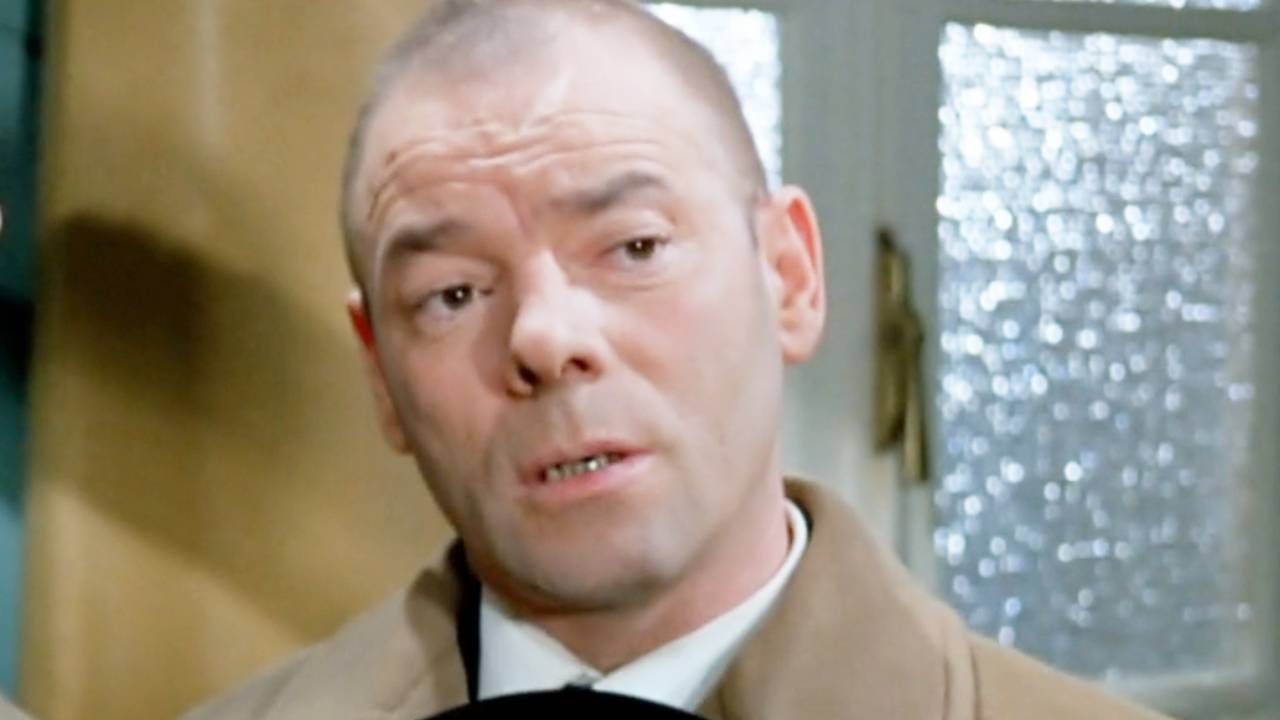Do you want a useful houseplant? Get some aloe. Do you prefer something spectacular? Buy an orchid, a hibiscus, a bamboo or… Or not at all?
If you’re interested in a completely different aesthetic, then you’ll definitely love our selection of the weirdest – and scariest! – Indoor plants.
Mammillaria or “brain cactus”








